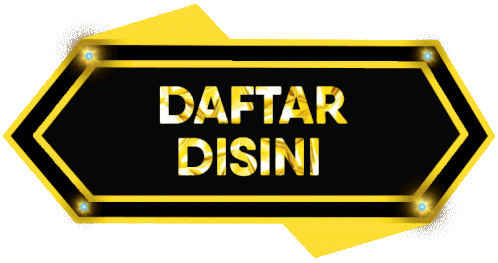1
/
of
1
Slot Pulsa
Slot Pulsa » Link Slot Deposit Pulsa 5000 10 Ribu Tanpa Potongan
Slot Pulsa » Link Slot Deposit Pulsa 5000 10 Ribu Tanpa Potongan
Regular price
Rp 10.000,00 IDR
Regular price
Sale price
Rp 10.000,00 IDR
Unit price
/
per
Slot pulsa 5000 daftar link slot deposit pulsa 10 ribu tanpa potongan, Mainkan slot via pulsa 5000 tanpa potongan, Menang slot gacor maxwin depo 5k 5rb.
Share



